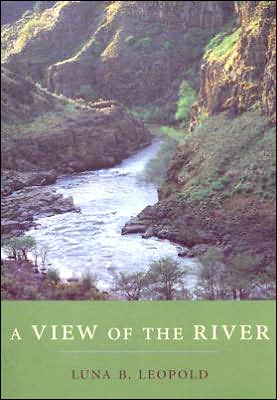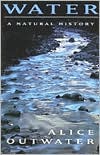Groundwater Pollution, Aquifer Recharge and Vulnerability
The primary groundwater management issue in many countries today is pollution. This may derive from a point source, perhaps a leaking solvent store at a factory, or it may be diffuse, such as the threat posed by the use of agricultural fertilisers and pesticides. The key to understanding the transport of a pollutant from the ground surface or near surface into an aquifer is an understanding of recharge. In turn, this allows the vulnerability of aquifers to pollution to be classified and...
Search in google:
The primary groundwater management issue in many countries today is pollution. This may derive from a point source, perhaps a leaking solvent store at a factory, or it may be diffuse, such as the threat posed by the use of agricultural fertilisers and pesticides. The key to understanding the transport of a pollutant from the ground surface or near surface into an aquifer is an understanding of recharge. In turn, this allows the vulnerability of aquifers to pollution to be classified and appropriate landzones to be defined. Land zonation of different classes of aquifer vulnerability is a valuable tool for management and planning. In this volume the recent developments within the interlinked areas of groundwater pollution, aquifer recharge and vulnerability are highlighted. The book provides an up-to-date description of the relationship between pollution, recharge and vulnerability set against the current groundwater protection policies of the UK and Republic of Ireland. It also provides keynote overviews for each topic.
Recharge: the key to groundwater pollution and aquifer vulnerability1Groundwater recharge and pollution vulnerability of British aquifers: a critical overview7Identification of the source and fate of nitrate contamination of the Jersey bedrock aquifer using stable nitrogen isotopes23The British Nuclear Fuels Drigg low-level waste site characterization programme37Changes in groundwater chemistry due to rising groundwater levels in the London Basin between 1963 and 199447Groundwater resource development and protection considerations for the Ogallala Formation in Ogallala, Nebraska63Aquifer susceptibility to side-effects of groundwater exploitation71A geophysical investigation of saline intrusion and geological structure beneath areas of tidal coastal wetland at Langstone Harbour, Hampshire, UK77Evidence for rapid groundwater flow and karst-type behaviour in the Chalk of southern England95Groundwater recharge: an overview of estimation 'problems' and recent developments107Water transport through the unsaturated zone of the Middle Chalk: a case study from Fleam Dyke lysimeter117Recharge through the drift: a study of contrasting Chalk catchments near Redgrave Fen, UK129Estimation of groundwater recharge on Jersey143Groundwater recharge and pollution transport beneath wastewater irrigation: the case of Leon, Mexico153Recharge components in a semi-arid area: the Sana'a Basin, Yemen169Mapping groundwater vulnerability: the Irish perspective179Assessment of groundwater vulnerability in England and Wales191Methods used to delineate groundwater source protection zones in England and Wales199Is all groundwater worth protecting? The examples of the Kellaways Sand211Index219







